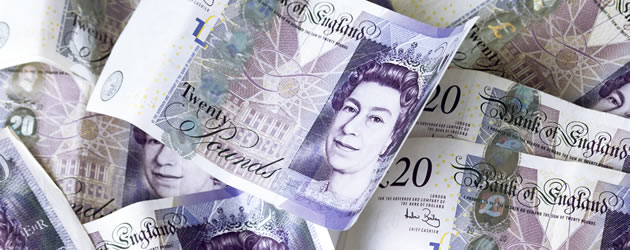With the Italian government set to recapitalise the ailing Monte dei Paschi the Euro Pound exchange rate has trended higher, despite some reservations over the potential timeframe of the deal.
- Hints of faster tapering of ECB quantitative easing boosted EUR rates – Investors hopeful that policymakers will return to hawkish outlook
- Pound under pressure following disappointing government debt figures – Widening deficit exacerbated Brexit jitters
- Worries over Greece likely to weigh on Euro – Heightened tensions with creditors could delay debt relief measures
- Brexit speculation forecast to boost EUR GBP exchange rate – Prospective loss of access to the single market to diminish Pound appeal
As UK data has proven generally discouraging in recent days the Pound has trended lower across the board, with this downside bias expected to persist to the end of the year.
Prospect of ECB Hawkishness Boosted Euro (EUR) Demand
Confidence in the Pound (GBP) has been decidedly limited over the course of the week, in large part thanks to the disappointing nature of November’s public sector net borrowing figure. With government debt having risen 12.2 billion on the month concerns over the wideness of the UK trade deficit were boosted, a particular concern given the weakness of the Pound. Although consumer confidence was found to have improved unexpectedly in December this was ultimately not enough to outweigh fresh Brexit-based anxiety, leaving the Euro Pound (EUR GBP) exchange rate on an uptrend.
Demand for the Euro (EUR) increased in response to the European Central Bank’s (ECB) latest Economic Bulletin, which raised the suggestion that policymakers are adopting a more hawkish outlook on the economy. The prospect of the ECB beginning to taper its quantitative easing program sooner rather than later offered encouragement to investors, pushing the single currency higher across the board. Markets were also pleased to hear that the Italian government would be stepping in to recapitalise the ailing Monte dei Paschi, reducing the risk of a fresh Eurozone crisis.
High Odds of Fed Rate Hike Forecast to Limit EUR GBP Exchange Rate Upside
Fresh Eurozone data will be limited in the final week of 2016, leaving the Euro largely at the mercy of wider market trends. With risk appetite limited the single currency is likely to remain on a stronger footing against many of its rivals, although its appeal could be limited by the continued bullishness of the US Dollar (USD). As investors expect to see multiple interest rate hikes from the Federal Reserve over the course of the coming year the Euro is expected to remain biased to the downside, particularly if policy divergence between the ECB and Fed seems more likely.
Even so, political developments within the Eurozone could influence sentiment towards the common currency. In spite of the Italian government’s pledge of support worries over the domestic banking sector are unlikely to ease completely, especially as other major Italian banks remain in a relatively precarious position. Greece is also expected to come back into focus in the near term, with the somewhat strained nature of relations with its creditors having the potential to drive the Euro lower.
Pound (GBP) to Remain Vulnerable to Brexit Jitters
Brexit speculation will continue to dominate the outlook of Sterling for the foreseeable future as investors look for greater detail as to the government’s approach to negotiations. Worries that the UK could ultimately lose its privileged access to the single market are likely to limit the appeal of the Pound, even if domestic data does point towards greater economic resilience. Should Theresa May or other politicians on either side of the Channel adopt a harder line of rhetoric then the EUR GBP exchange rate could extend its recent gains further.
However, as Derek Halpenny, European Head of GMR at MUFG, noted:
‘The lack of capital flight from the UK is one reason why we have a more bullish outlook for the pound in 2017 than the market consensus. Another reason is the compelling evidence that the uncertainties related to Brexit might not have the negative impact on the economy that many assume.’
Current Interbank Exchange Rates
At the time of writing, the Euro Pound (EUR GBP) exchange rate was trending higher around 0.85, while the Pound Euro (GBP EUR) pairing was slumped in the region of 1.17.



